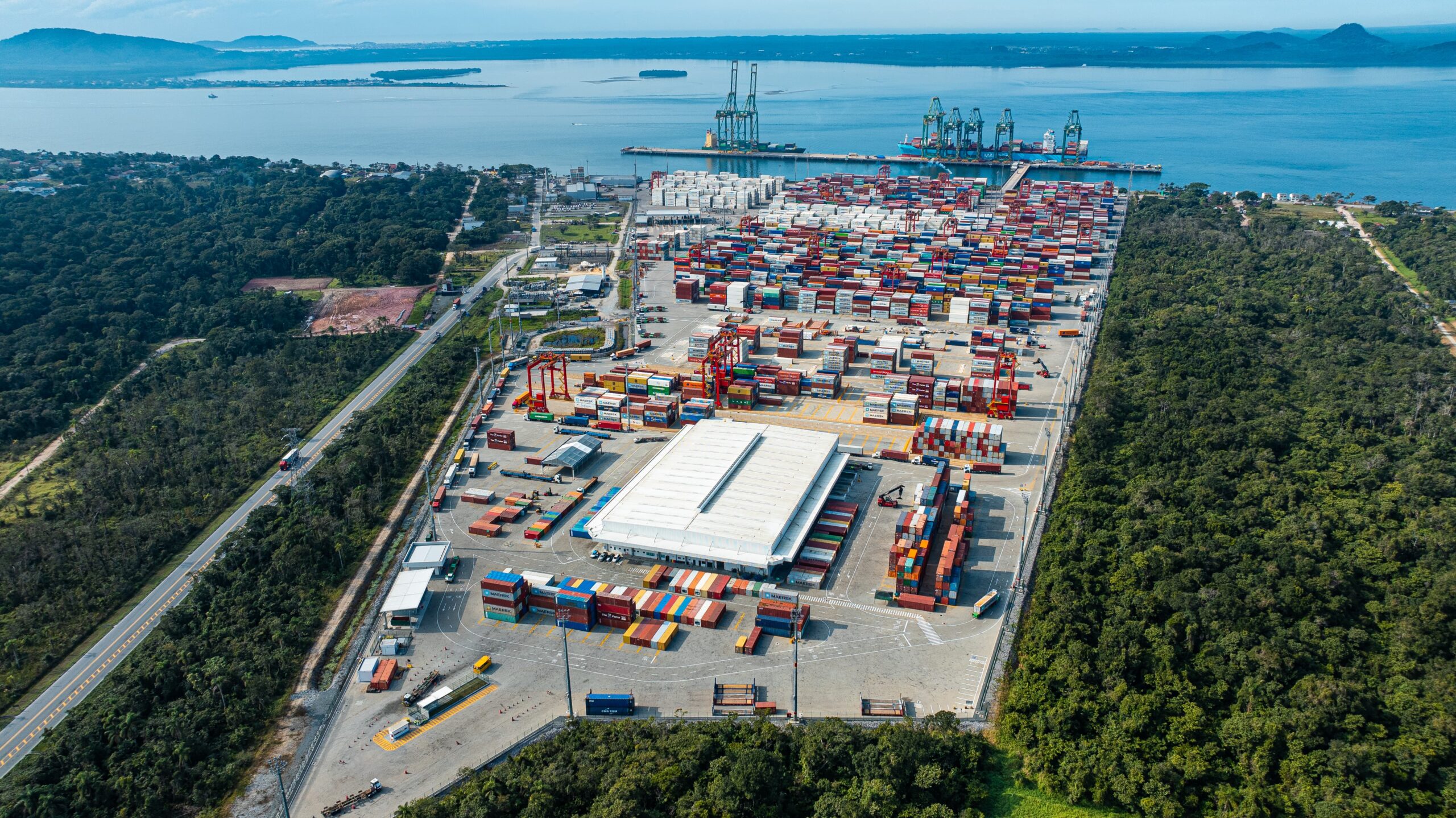
Brazil’s Chaotic Port Infrastructure Faces Criticism
Dec, 17, 2024 Posted by Denise VileraWeek 202448
Infrastructure problems, bottlenecks in access points, and threats to competitiveness are the issues putting Brazil in the spotlight of international maritime activity and affecting its standing in the global trade balance. The solution to this lies in one word that must go beyond discourse: planning.
The CEO of Porto Itapoá (SC), Ricardo Arten, summarized the sector’s concern, particularly regarding access issues. “Brazilian terminals, whether with local or foreign investors, will continue to invest. But Brazil is suffering from a lack of capacity. It needs to first invest in this capacity to attract more demand,” he states.
According to him, logistics is a priority in port master plans in other countries. “How can the largest port in Latin America not have rail access to move imports and receive export containers? It’s unacceptable,” he adds.
Arten goes further with his critique: “Innovation must come to solve problems. We need to look for solutions through innovation,” he says. He participated in the panel “Planning and Development for Brazilian Ports” during the Antaq Summit on November 26 in Brasília.
Opportunity
At the same event, Vinicius Patel, the Director of Port Administration at Porto do Açu (RJ), stated that access, energy supply solutions, and improvements in pipeline transport systems are needed.
“This is the greatest opportunity for industrialization Brazil has ever had. The world is looking at us as a major supplier of commodities. Do we want to be this? We already are. We need to think of ports as industrial structures,” he reflects.
Ana Carolina Albuquerque, Head of Competition Law and Policy for Latin America at Maersk, also emphasizes the evolution supported by planning.
“I don’t know if the concession of navigation channels is the way to go. However, having the necessary depth so that the shipowner can bring in larger vessels is essential. Sometimes, even a smaller ship has to leave with less cargo because it can’t pass through the access channels,” she explains.
Public Sector
Mariana Pescatori, Executive Secretary of the Ministry of Ports and Airports (MPor), is optimistic about the challenges the port sector faces in 2025. “We are in a very positive moment for the sector, and I have my homework to do. What we still need to do is ensure integration between ministries,” she argues. “We will solve the depth issues in our main ports. We are talking about Santos and Paranaguá, which need deepening and permanence. We will also launch a sustainability policy, bringing the private sector in to sign a pact with us.”
Alber Vasconcelos, Director of the National Agency for Aquatic Transportation (Antaq), believes in the strength of the public sector but emphasizes the importance of private sector involvement.
“A key point in 2025 is for us to trust institutions, such as the Ministry, that formulate policy. They are very assertive. But at the same time, we can’t think that the private sector does everything. We also need the public sector, which must catalyze private investment.”
Flávia Takafashi, also a director at Antaq, understands that the moment is to overcome a potential lack of coordination in the private sector.
“Direct our actions, focus the planning on what will bring a positive result, and move the sector forward,” she concludes.
Source: A Tribuna
-
Ports and Terminals
Apr, 13, 2020
0
CMA CGM implements surcharge on reefer containers from ECSA bound for Bangladesh
-
Meat
Dec, 18, 2023
0
China’s Nov corn imports hit record for a month, despite huge local crop
-
Other Cargo
Sep, 02, 2022
0
Fertilizers: Brazilian imports total 3.49Mln tonnes in August
-
Automotive
Jun, 24, 2022
0
Automakers and electronics industry halt production again due to lack of parts



